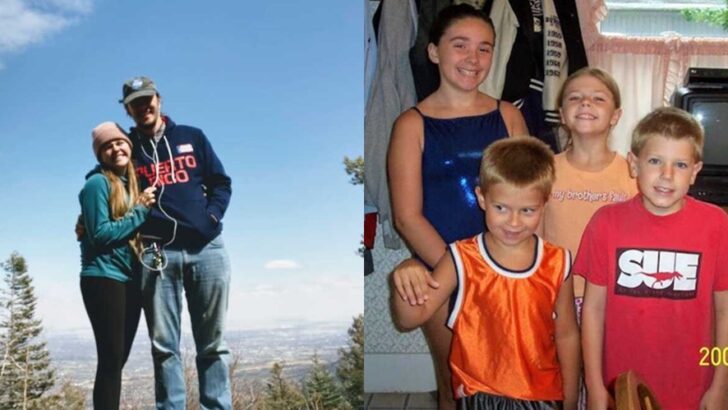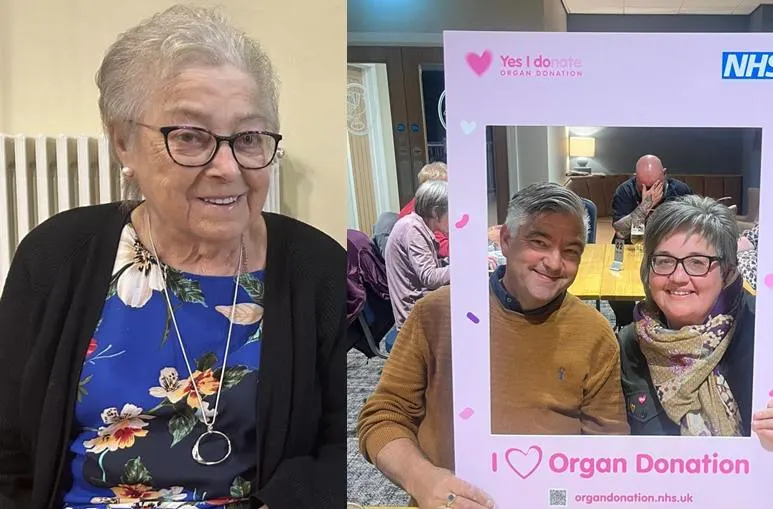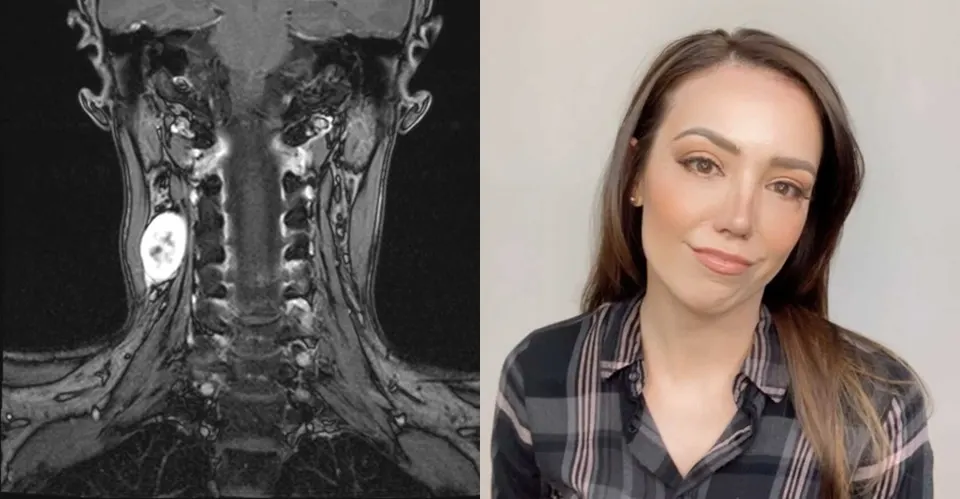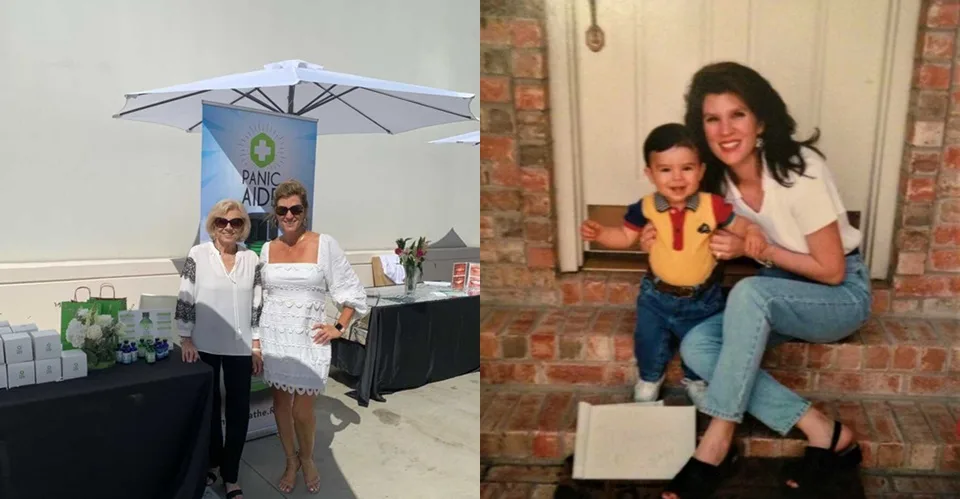She always felt the name ADHD didn’t quite fit. It wasn’t a lack of attention, and it wasn’t a traffic jam. If something grabbed her curiosity, she could lock onto it so hard that the rest of the world faded out. If it didn’t, focusing felt like asking her brain to run a marathon with no finish line. She and her sisters all had ADHD, and their mother saw the signs early.
With endless patience, her mom tried everything: step-by-step guidance, new routines, creative twists on tedious tasks, extra movement, therapy, and a home filled with imagination. When her room looked like a storm had rolled through, her mom sat on the bed and coached her one small step at a time. Pick up the pants. Now the books are on the shelf. One category after another until the floor reappeared. She knew other kids could do this without a play-by-play, and she hated that something so simple felt so hard.
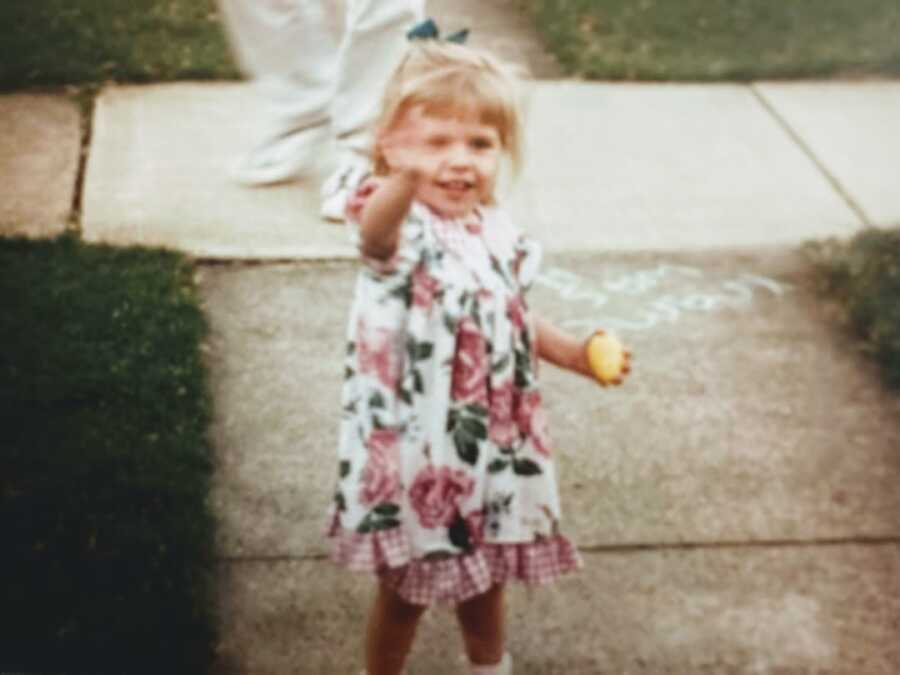
School was a mixed bag. She devoured chapter books far ahead of her classmates, but her handwriting and spelling lagged. Letters flipped. Directions left her guessing. She later learned the word dysgraphia, which often rides alongside ADHD. Even telling left from right only clicked after she broke her left arm and wore a bright green cast labeled LEFT for weeks. Her body felt like a mystery map: she bumped into things, lost track of items, and felt everything too intensely. Tags scratched. Socks itched. She did her homework and then forgot to turn it in. By the time someone finished a question, the beginning had slipped away.

In middle school, a psychiatrist confirmed what her mother already knew. She started a non-stimulant medication, Strattera, and immediately wrestled with shame. She didn’t want a label. She didn’t want to be the weird kid with a pill. For a while, she hid the capsules, quietly taking herself off the treatment. Yet during the months she did take it, her teachers saw a different student: on time, attentive, organized, kinder to herself and others. The evidence was there, but the stigma was louder.
That shame followed her into young adulthood and pulled down her self-worth. She stayed too long in a relationship that chipped away at her confidence because she believed every failure was a personal flaw. Eventually, she left, and with her husband, and she found a different kind of mirror. He learned about ADHD, spoke to her with patience, and treated her value as a fact, not a debate. When he found the How To ADHD channel, someone turned on the lights, she realized she wasn’t lazy or broken; she was navigating barriers most people never meet. The compassion in that message helped her see her life clearly for the first time.

She returned to her doctor and went back on medication, this time with knowledge and dignity. The change came quickly. She felt steadier, slept better, and could move her attention where it needed to go. She was not cured, just equipped. She built a toolkit: jotting notes while people spoke, sticky reminders where her eyes naturally landed, and forgiving herself when plans went sideways. Small systems made significant differences.
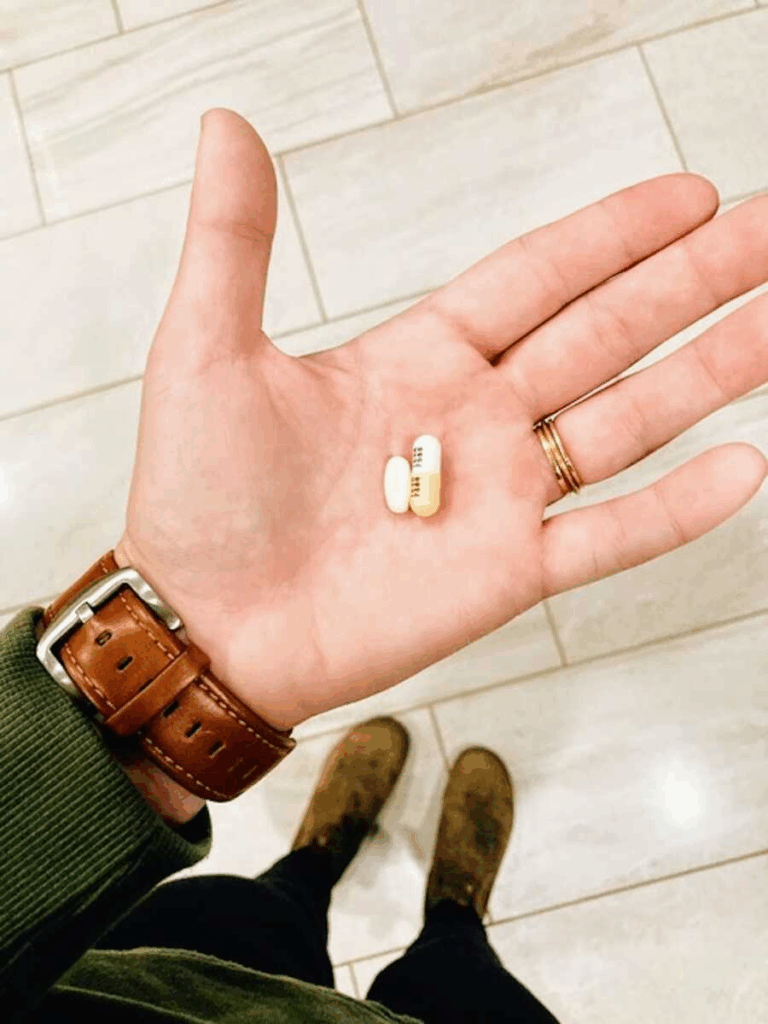
With a steadier footing, the strengths of her brain came forward. Creativity bloomed. She planned to travel with intention instead of impulse. She started building a life she could steer, launching a podcast, dreaming up projects, even renovating a 1974 Airstream into a mobile home so that adventure felt like home, not escape. She stopped hiding and started talking openly about ADHD. Every time she shared, someone else recognized them and got help. Watching others find relief and language for their experience turned her old shame into purpose.

She lives with ADHD, not under it. She’s more present with people, more reliable at work, and better at keeping track of her things and her thoughts. The same brain that once felt like chaos now feels like a vivid palette, still bright and bold, but guided by tools, support, and self-respect. She doesn’t apologize for how her mind works anymore; she designs her days around it, and that’s her quiet superpower.

